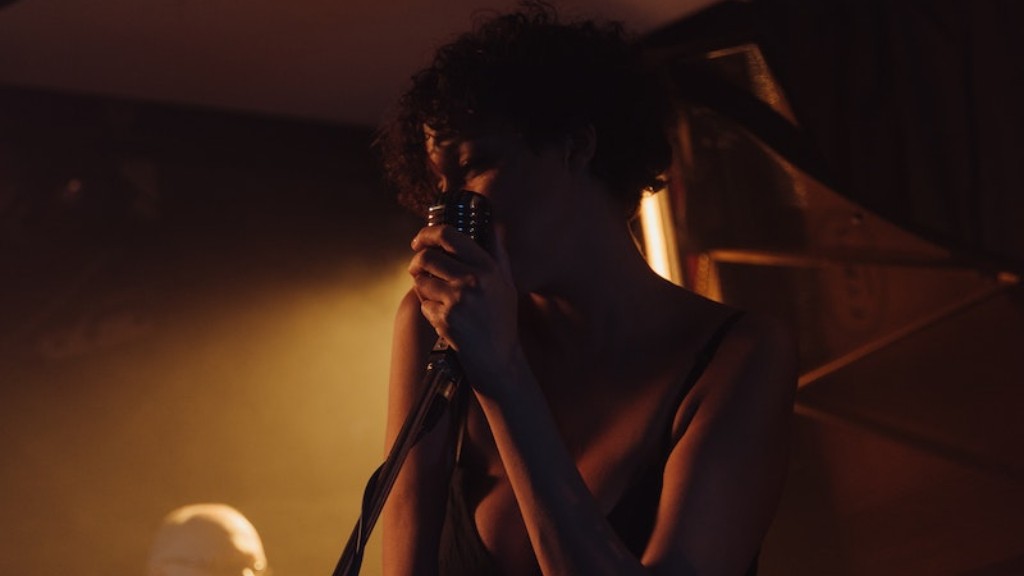Drawing Animals is Easier with the Right Tools
Are you looking to bring your love for animals to life? Drawing animals is a great way to show appreciation for the creatures that share our planet. You don’t have to be an artist to enjoy sketching animals — you just need a few tools and some patience. Here, we’ll look at how to draw animals easy!
Setting the Stage
Before you start sketching animals, you need to set the stage. The best way to start drawing animals is by picking up a pencil, some high-quality paper, and a variety of sketching tools. Once you have the right tools, don’t overthink it — draw what comes to mind. When you imagine animals, let your emotions flow and sketch whatever you want. Don’t be afraid to use bright colours, bold lines and playful shapes. This is your own little world, so there are no rules.
Reference is Key
Even if you have amazing creative ideas, you still need to look at some reference material before you start sketching animals. Seek out pictures of animals online or in your local library. Use these images to get an idea of how animals look or feel. You should also keep an eye out for beautiful poses, elegant features, and curved lines that you can replicate. Don’t be afraid to use these references as a jumping-off point for your own work — fill your page with ideas from the reference material to create something one-of-a-kind.
Observation is Essential
To create a truly lifelike rendering of animals, you should look up close. Take in their features and observe how their bodies move in different situations. For example, watch how a lion prowls, how a bird flaps its wings, and how a monkey leaps from branch to branch. You will start to notice details that aren’t always obvious at a glance. Pay close attention to the lines created by the animals’ fur, feathers, and scales — these lines add texture, interest, and life to the drawing. By capturing this level of detail on the page, your art will look more lifelike and accurate.
Focus on Refinement
No drawing is ever perfect, but you can take the time to really refine yours. Go through your art and make small changes, such as refining proportions and adding shading. Once you have the sketch under control, create depth and interest by adding small details. After you’re finished drawing animals, take a step back and decide which details stand out and which ones seem off. Then find the balance between giving your art realism, and giving it a fresh, artistic look. This can take some practice, but with patience, you can create amazing drawings of animals.
Adding Atmosphere
Now that you’ve gotten the basics down, it’s time to take your art to the next level. To make your sketches look more professional, consider adding atmosphere and context. Place the animals in a landscape and add small details, such as trees, plants, and clouds. This will create a setting that brings your art to life. The setting also makes it easier to imagine what your sketch would look like if it were animated. By adding in moody lighting, interesting shadows, and other subtle details, you can convey more emotion and depth.
Finishing Touches
The last step of drawing animals is to give them a personalized touch. Add unique textures, patterns, and colors to create a memorable piece. Or you could even write a message on the sketch, so viewers can draw closer to the art and connect emotionally with the creatures depicted. Once completed, you can hang your art in a spot that brings pride, or give it to a special someone as a gift. Whichever you choose, you’ll have a recreation of an animal that you can always cherish.
